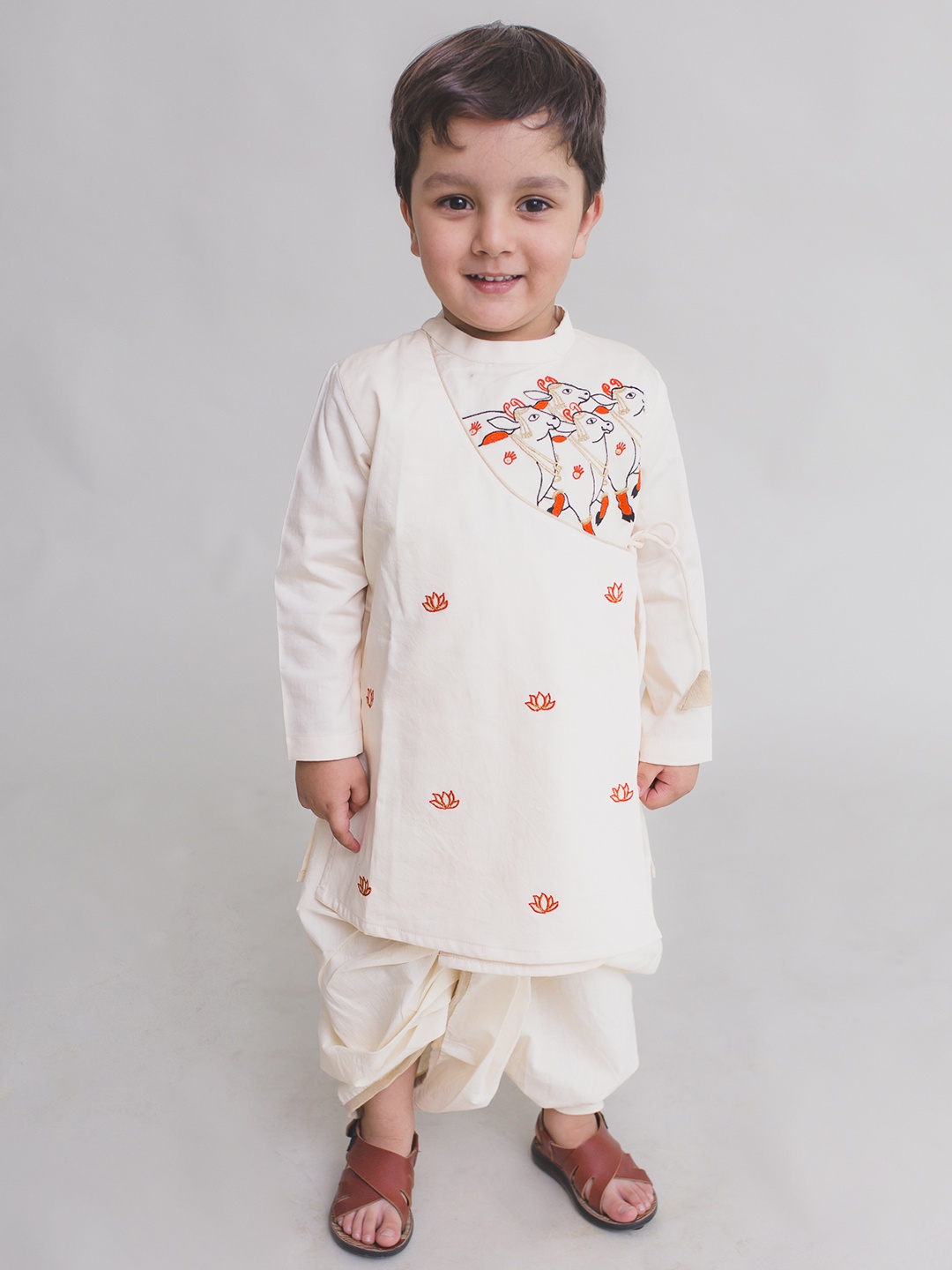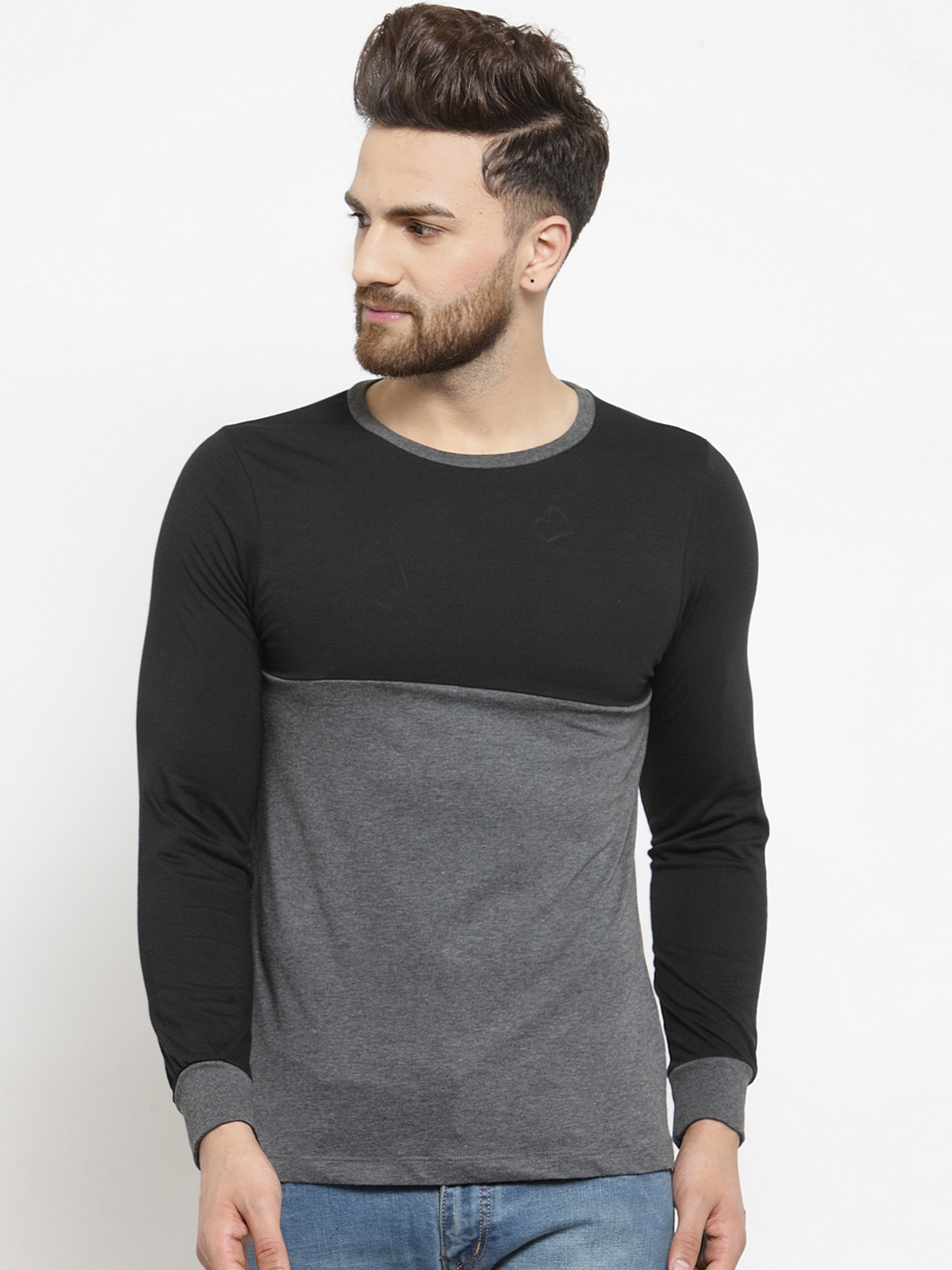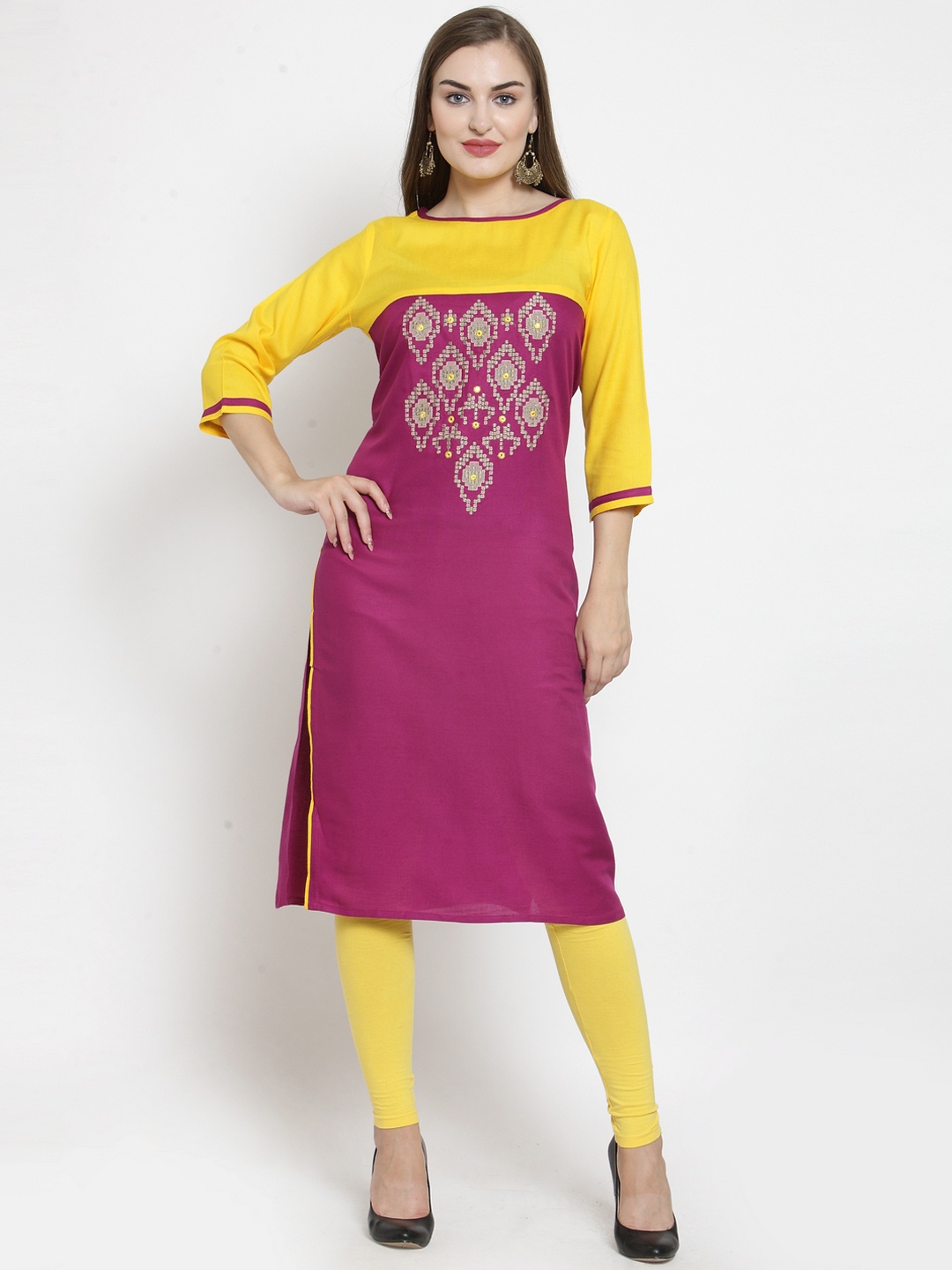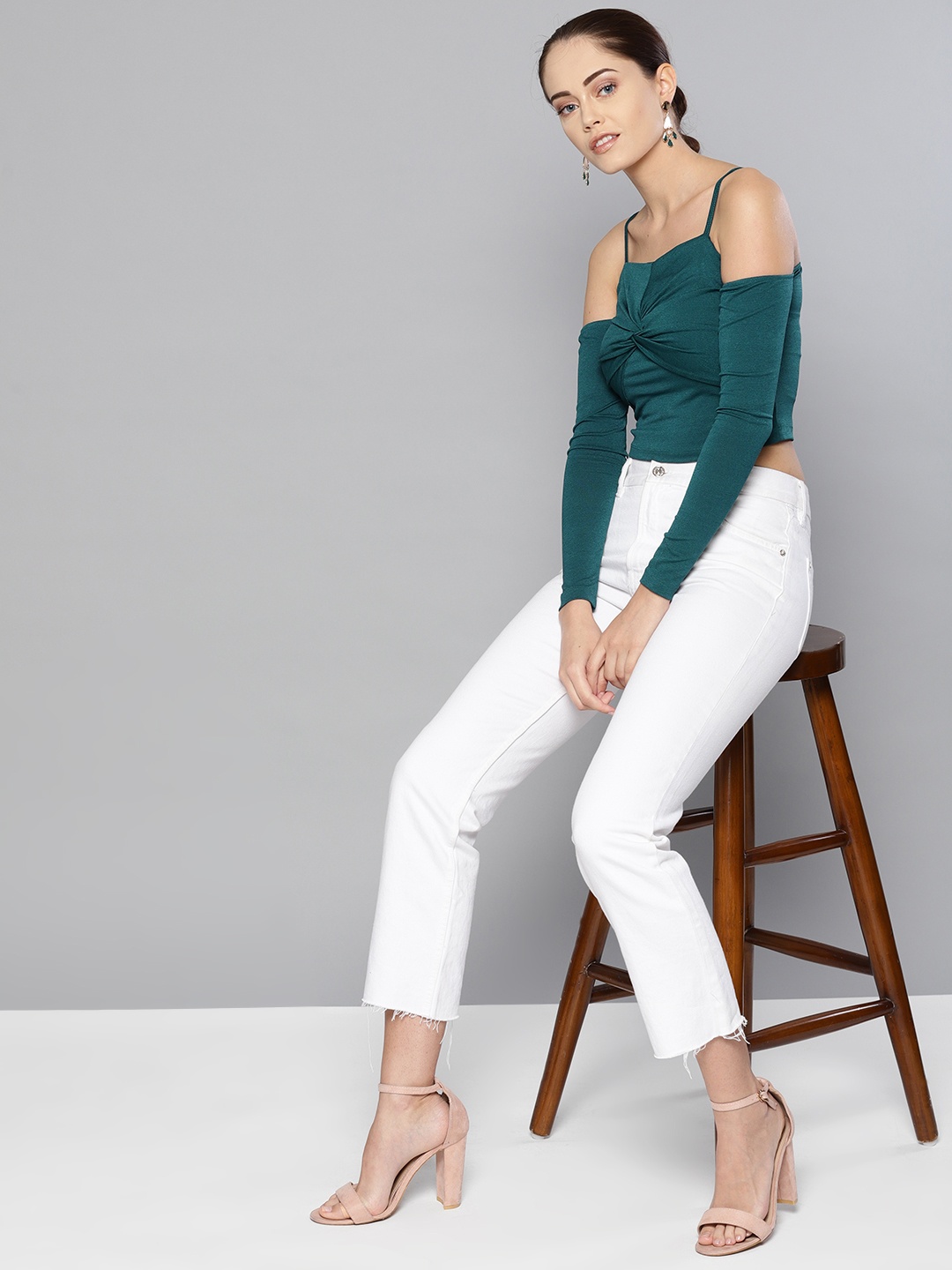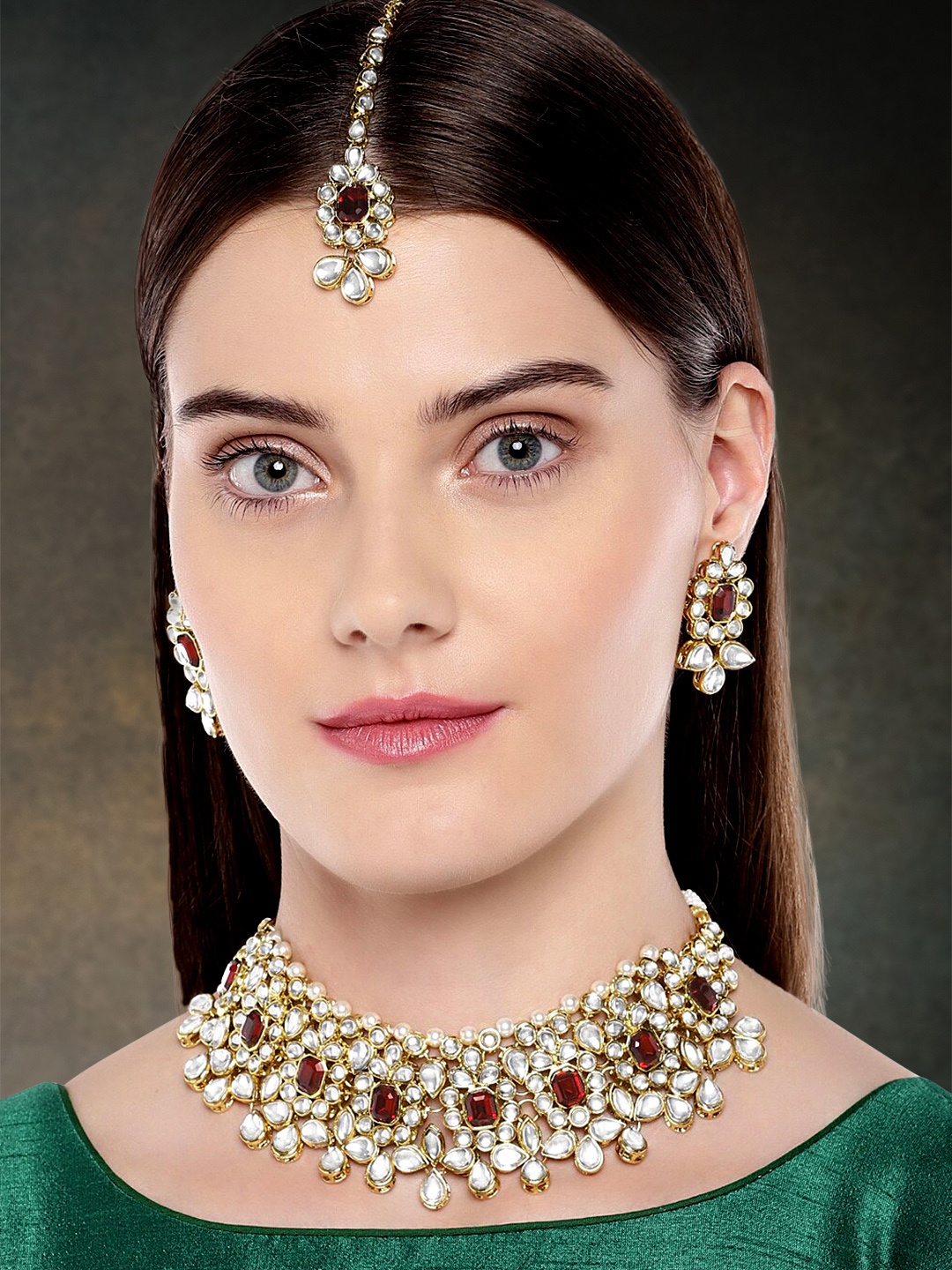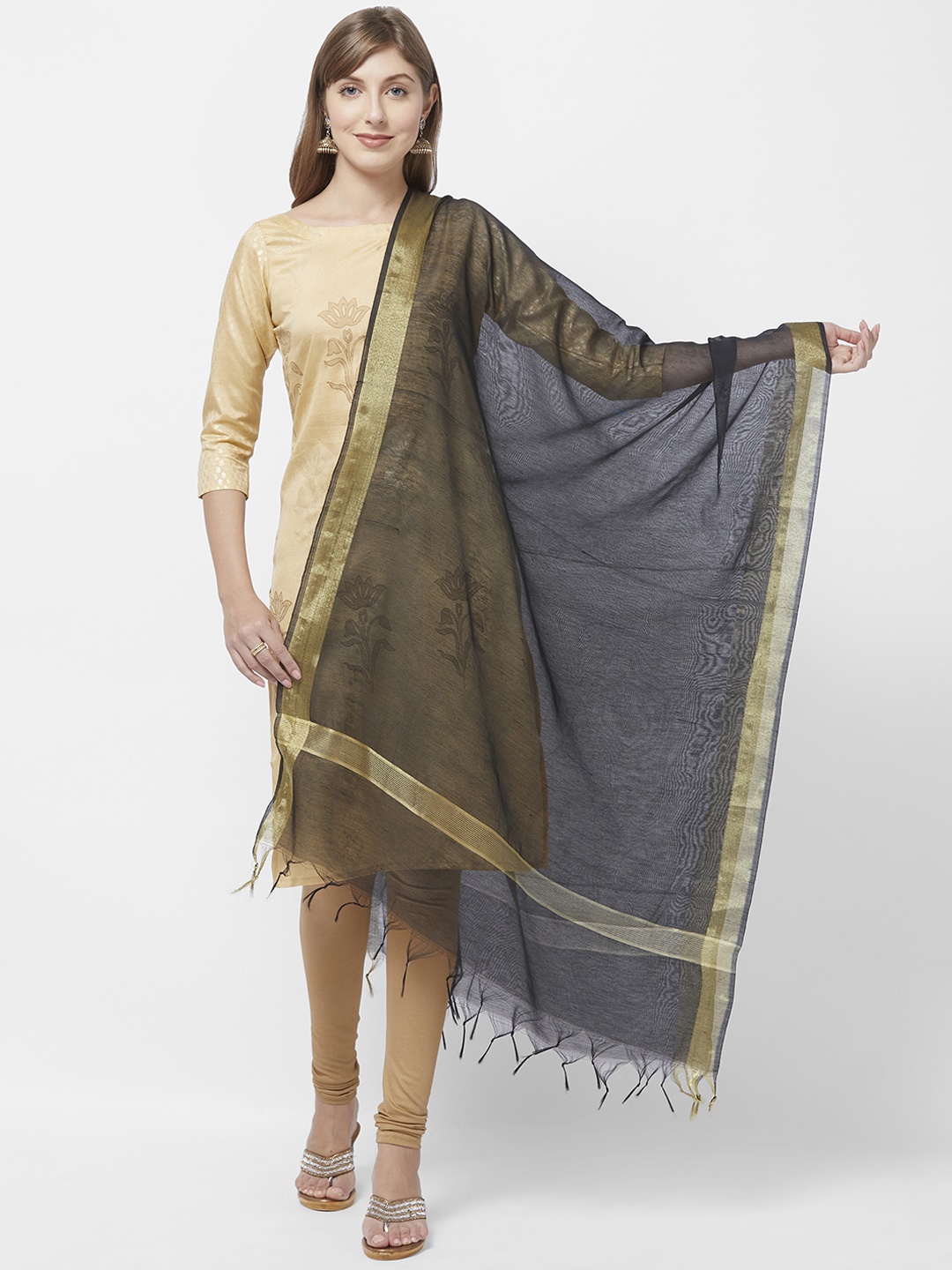From Mini Skirts To Cargo Pants: Guru Randhawa's Music Videos Have Become Gen Zs Fashion Playground
Guru Randhawa's latest music videos like Sirra and Azul ditch traditional glam for Gen Z-inspired fashion: crop tops, cargo pants, and real street style. Here's how the singer is redefining pop visuals to connect with today's youth.

Guru Randhawa's music videos are now reflecting Gen Zs everyday fashion choices.
To make a music video a hit, visuals are just as important as the beats. For Indian pop artist Guru Randhawa, known for his foot-tapping numbers and eye-catching visuals, the fashion narrative in his latest releases has taken a significant turn. Contrary to music videos dominated by plunging necklines and mini skirts, his recent videos, such as Sirra and Azul have embraced a more grounded, relatable, and distinctly Gen Z aesthetic.
From round-neck crop tops to oversized cargo pants, and accessories, these fashion picks look like they are straight out of a Pinterest mood board.
Also Read: The Great Indian Fake Wedding Is The New Party Trend; Here Is How To Dress For It
We believe that this isn't just a superficial wardrobe change, it's a strategic shift, and one that signals a deeper understanding of his primary audience: Gen Z. The generation that grew up online, with Instagram feeds curated to the finest niche, is no longer satisfied with glamour for the sake of it.
They want authenticity. They want comfort. And they want to see themselves, not just idealised versions, represented on screen.
A Shift In Aesthetic: From Glamour To Grounded
If you were to rewind to the early 2010s, music video styling was dominated by a particular archetype of female fashion, often tight, revealing, and undeniably glamorous. Imagine plunging necklines, sequins, and sky-high heels, all of which conformed to a narrow and often Westernised beauty ideal.
In contrast, Guru Randhawa's latest female leads exude a more grounded vibe. Loose-fitted cargo trousers paired with basic but stylish crop tops have replaced the glittery ensembles of yesteryear. Minimal makeup, natural hairstyles, and accessories like chains, rings, and quirky belts complete the look - a style you're more likely to spot outside a college campus or on Instagram reels than on a traditional runway.
This pivot is a calculated one. It doesn't just reflect changing fashion norms; it aligns perfectly with Gen Z's values, comfort, individuality, and self-expression.
Why Gen Z Relates To This Styling
As someone who walks past a college campus every day, I see firsthand how this generation dresses. And it's not about looking like a pop star or a Bollywood heroine anymore, it's about looking like yourself, but on a good day. Gen Z has embraced a casual-meets-functional aesthetic. Baggy pants aren't just a style statement, they're practical, inclusive, and, frankly, a relief after years of skinny jeans domination.
Crop tops, on the other hand, strike a fine balance, they're bold but not over-the-top. They show just enough skin to be trendy without veering into discomfort. When paired with oversized trousers, the look maintains a body-positive silhouette, flattering without being restrictive or overtly sexualised.
There's a comfort in this balance that speaks volumes to today's youth. It's why when they see these outfits in a music video, they don't just admire them, they relate to them. And in a digital age where relatability trumps perfection, this relatability can translate into millions of views.
The Influence Of Streetwear And Digital Culture
Streetwear is no longer a niche subculture, it's the mainstream, and Gen Z is its biggest patron. Inspired by K-pop idols, Instagram influencers, and even gaming avatars, today's youth have redefined fashion to be more gender-fluid, layered, and influenced by digital spaces rather than traditional fashion houses.
Guru Randhawa's latest video stylists seem well aware of this shift. The fashion in Azul, for example, is layered and accessorised just like a digital fashion board. There's a clear nod to internet fashion, think TikTok hauls, Depop finds, and those carefully curated Instagram reels showing “5 ways to wear your cargos.”
It's not just fashion, it's cultural relevance. It tells the audience, we see you, we know how you dress, we know what you like, and more importantly, we respect it enough to reflect it.
Moving Beyond The Male Gaze
Perhaps one of the most refreshing things about this shift is the slow departure from styling purely for the male gaze. Fashion in music videos has historically been used to sexualise women, focusing on tight clothes, minimal fabric, and exaggerated curves. But now, there's a new energy, one where female models appear styled for themselves, not someone else.
Oversized trousers and sneakers aren't about seduction; they're about strength, comfort, and confidence. Even the choreography and camera work in Randhawa's new videos focus less on lingering shots and more on movement, mood, and vibe, again, hallmarks of Gen Z content culture.
The Bigger Picture: Entertainment Adapting To Gen Z
Guru Randhawa is not alone in this shift. Across the Indian pop and film industry, there's a visible change in how young women are portrayed, styled, and positioned on screen. After years of trying to mould Gen Z into the existing templates of glitz and glam, the industry is finally catching on: Gen Z isn't interested in fitting into your world. They're building their own.
From content creators to young stylists, this generation values comfort, authenticity, and aesthetic in equal measure. They follow creators, not celebrities. They love lo-fi edits, thrifting, and layering basics into statement looks. They reject fast fashion in favour of upcycling and care about what their clothes say about their identity.
Music videos like Randhawa's are picking up on this energy and reflecting it back, and it's clearly working.
When fashion and music intersect authentically, the result is more than just a catchy video; it becomes a cultural mirror. Guru Randhawa's recent videos aren't just chartbusters because of the beat or the hook. They're also visual testaments to a generational shift, one that favours individuality over gloss, comfort over conformity, and realness over spectacle.
In embracing Gen Z's fashion sense, from mini skirts to oversized pants, Randhawa isn't just following a trend. He's participating in a cultural movement. One crop top and one cargo pant at a time.
Products Related To This Article
1. DressBerry Women Cotton Pleated Cargos
2. Aadvi Fashion Women Straight Leg High-Rise Cargos
3. Roadster The Lifestyle Co. Women Solid Baggy Fit Parachute Trouser
4. ONLY Women Loose Fit High-Rise Cargos Trousers
5. Berrylush Women Strapless Floral Print Cotton Crop Tube Top
6. Stylecast X Slyck Typography Print Sheer Crop Top
7. Trendyol One Shoulder Sleeveless Crop Top
8. DressBerry Cowl Neck Cami Crop Top
Frequently Asked Questions (FAQs)
1. How has Guru Randhawa's styling changed in recent music videos?
His newer videos feature more Gen Z-inspired looks like baggy cargo pants, crop tops, and natural styling, moving away from tight, revealing outfits.
2. Why is Gen Z fashion becoming popular in music videos?
Gen Z values comfort, authenticity, and individuality, which makes their style highly relatable for young audiences and ideal for screen representation.
3. What outfits are popular with Gen Z today?
Popular Gen Z outfits include oversized cargo pants, crop tops, chunky trainers, layered accessories, and a streetwear-inspired aesthetic.
4. Is this a deliberate strategy by artists like Guru Randhawa?
Yes, aligning visuals with Gen Z tastes helps artists build relatability and increase views by connecting directly with their target audience's lifestyle.
5. What does this shift say about the entertainment industry?
It shows that the industry is adapting to Gen Z's preferences, moving from glam and skin-show to more realistic, comfort-first fashion and representation.












